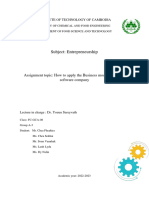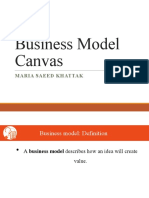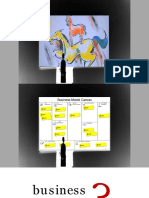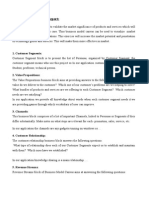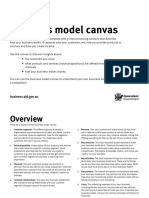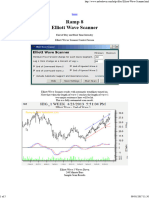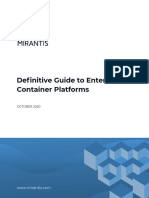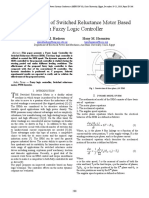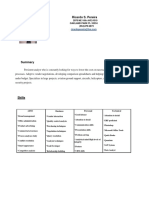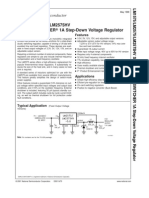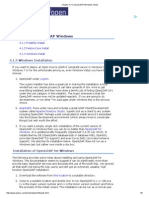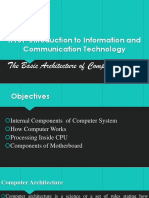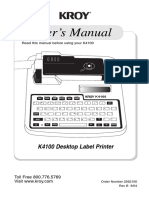Professional Engineering Management
Week 3
What is the Business Model Canvas (BMC)?
The Business Model Canvas is a one-page template that breaks down
how a business delivers value into 9 key building blocks. It helps teams
clearly see how a business creates, delivers, and captures value. Instead
of a lengthy business plan, this concise framework encourages flexibility
and innovation.
Why is it Useful?
• Clear and Visual: Summarises the business model on one page.
• Encourages Innovation: Allows quick adjustments and
experiments with different ideas.
• Collaboration Tool: Easy for teams to brainstorm and share their
vision.
The 9 Key Building Blocks of the Business Model Canvas 1.
Customer Segments
o Defines the different groups of customers. Example: If you
are designing a smart home device, your customer
segments might be tech-savvy homeowners or large
property developers.
2. Value Propositions o Describes the unique value you deliver to
each customer segment. o Example: Your smart home device
could offer convenience, energy savings, and security.
3. Channels
o The ways you reach and deliver your value proposition to
your customers. o Example: Selling online, through retail
stores, or via B2B partnerships.
4. Customer Relationships
o Defines the type of relationship you want with your customers
(automated, personalized, community-based, etc.).
o Example: Offering 24/7 customer support for tech products.
5. Revenue Streams o The way your business makes money.
o Example: Subscription fees, one-time sales, or licensing fees.
1
� 6. Key Resources o The assets required to deliver your value
proposition. o Example: Hardware components for your
product, software development skills, or a manufacturing
facility.
7. Key Activities o The critical tasks needed to make your
business model work.
o Example: Product design, testing, marketing, and distribution.
8. Key Partnerships o Collaborations that help your business
succeed. o Example: Working with hardware suppliers,
logistics companies, or tech distributors.
9. Cost Structure o Describes the major costs involved in
operating your business. o Example: R&D expenses,
manufacturing costs, and marketing expenses.
How to Develop a Business Model Canvas
1. Step 1: Start with Customer Segments and Value
Propositions o Identify your main customer groups. o
Determine what problems you’re solving and why your
solution is unique.
2. Step 2: Map Out Channels and Customer
Relationships o Decide how to interact with customers. o
Consider both sales channels and ongoing support.
3. Step 3: Focus on Key Resources and Key Activities
o Identify
the core resources you need and what key activities
are essential. o Example: If you’re building software, your key
resources are developers and cloud services.
4. Step 4: Think about Partnerships
o Identify partners who can help reduce risk or cost or enhance
your offering.
5. Step 5: Define Revenue Streams and Cost Structure
o Estimate
how you’ll generate revenue and what your major
expenses will be. o Example: If you’re selling hardware, your
2
� cost structure will be heavily influenced by manufacturing
and distribution.
6. Step 6: Review and Iterate
o This is a flexible tool; refine it as you test and learn from
realworld feedback.
Example 1: Business Model Canvas for a Smart Energy Monitoring
Device
3
�Example 2: Amazon Business Model Canvas
4
�Example 3: NASA Business Model Canvas (for a Commercial Space
Project)
Tips for Engineering Students
1. Think about Technology and Innovation: What makes your
product or solution technically innovative? How does that affect your
business. Focus on Scalability: Can your business model grow
easily? How would automation or AI impact it?
2. Work in Teams: Collaborate with others to bring diverse
perspectives— finance, engineering, and marketing.
3. Test Your Assumptions: Don’t guess! Talk to potential users and
partners to validate your business model.



